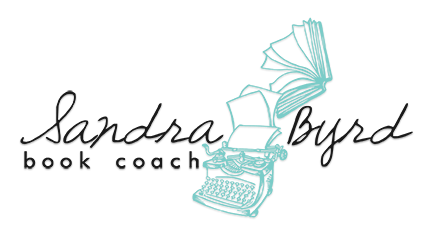
26 Dec Planning Your Book Series, Part Three
Number of Books in a Series
Traditionally, literary series take one of two forms – pre-planned or free form and market-responsive. Usually, when the author and publisher agree to work together on a series, they establish in advance how many books will be in that series, and for adult books, it’s often a trilogy. For Young Adult and Teen/Tween books, more books are sometimes planned from the get-go but not always. When you know in advance how many books you’ll be writing, it’s easier to plot out a story arc for the series and then plot out a story question for each book.
Remember, each new book must carefully weave in any threads necessary to get readers up to speed without seeming as though they’re reading through a chunky, dropped-in synopsis.
Sometimes series are unexpectedly popular, and neither reader, writer, nor publisher is ready to let the story end. In that case, the author and the publisher may contract to produce future installments of a book or books that are already published or underway. While each book still must satisfy its story question within the cover’s confines, the smart writer will realize at the start that future books may lie ahead. When plotting a series, it’s good to consider what kind of character growth, spiritual growth, and complicating situations the characters may find themselves in should the series be extended due to healthy sales.
Closing a Series
If you’re writing a pre-planned trilogy, you’ll know exactly how many words you’ll need to get your series finished, perhaps three books of between 75,000 to 100,000 words each. Don’t give all the “good” stuff away in Book One; make sure you save enough plot and character development to end strongly. If you don’t know in advance how many books your series will have, planning can be a bit more difficult.
If the series is a historical series or based on a theme, you can add characters to the time period or theme without sacrificing storyline or character growth. If you are using the same beloved ensemble cast, make sure that while your characters grow in each book, you’ve left room for them to continue to mature. That way, should you write more books in the series, you as the author will have material to work with.
However, be careful not to dribble the story out, with each book getting weaker and weaker. If you’ve run out of material, it’s time to say goodbye. It is better to end a series with a strong finish and with a loyal, satisfied readership than to draw out a story that has naturally already concluded.
While planning a series can take more time and energy upfront than planning a stand-alone book, you’ll have ready-made characters when it comes time for future books and save on development and plotting time along the way. It will all be worthwhile when it’s your books that live on in the readers’ hearts and minds – and garner extra sales.


